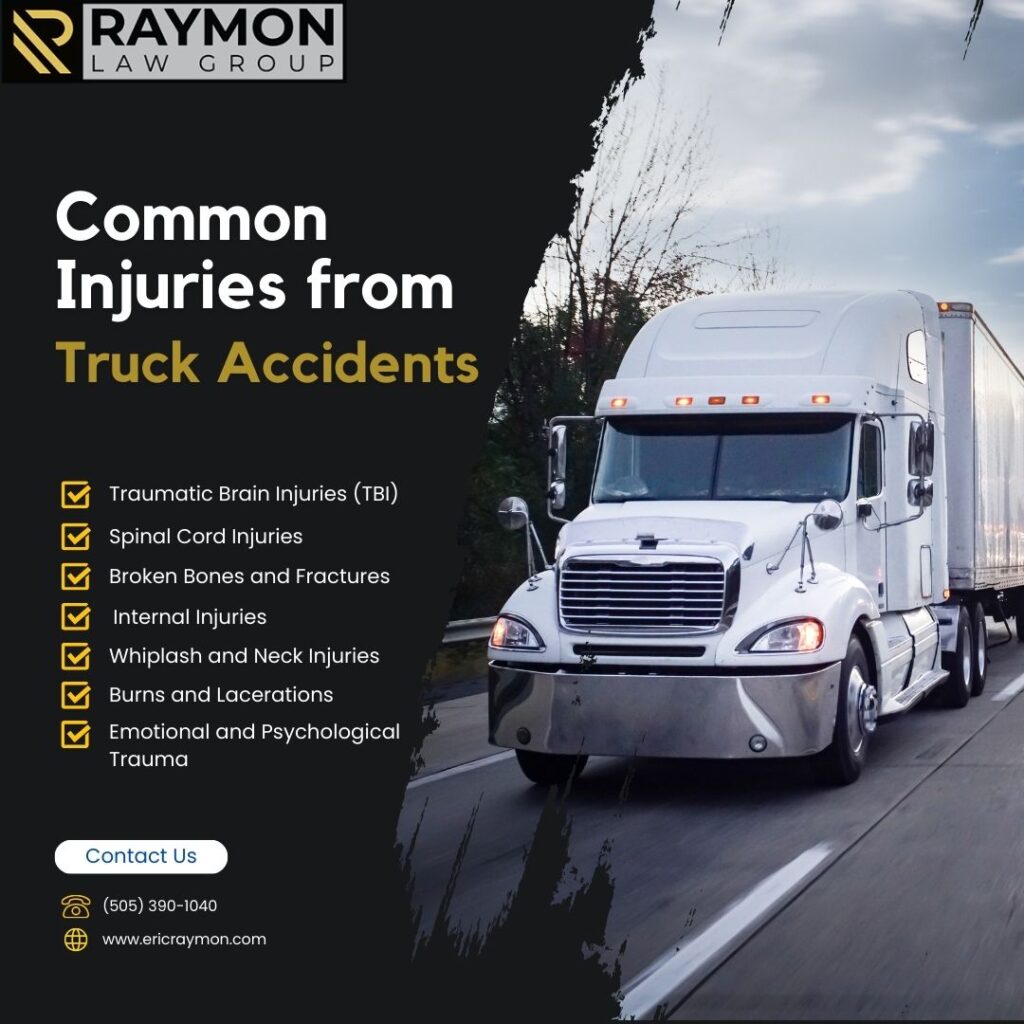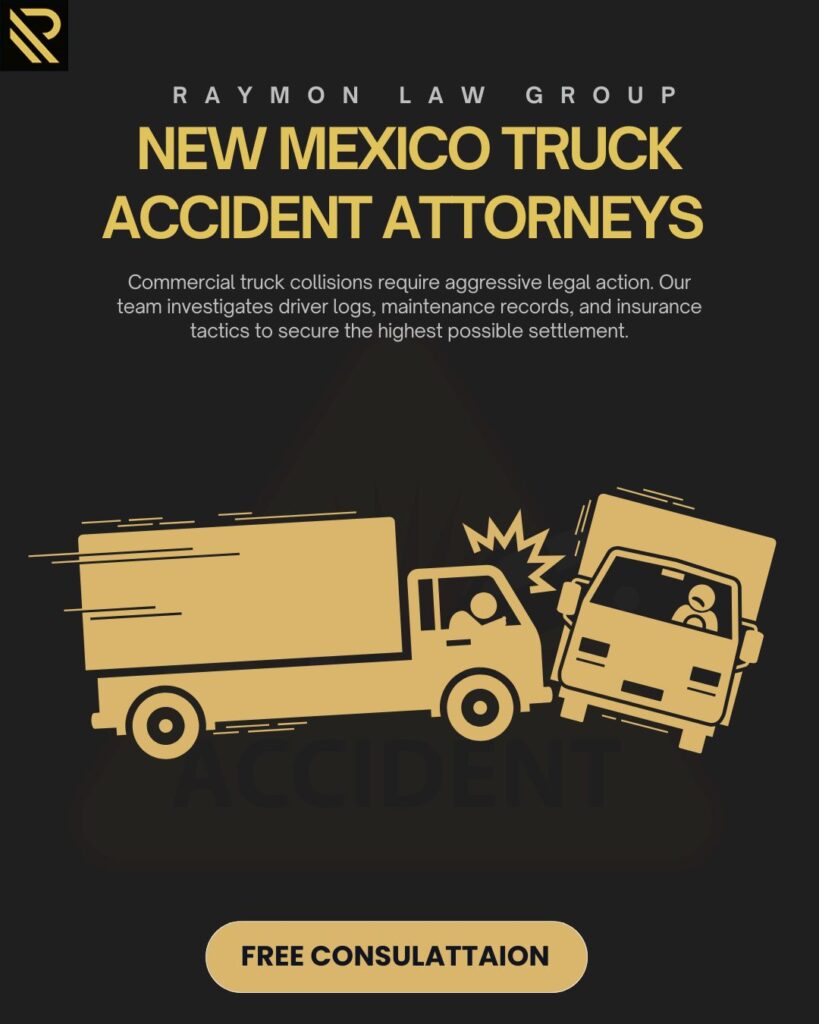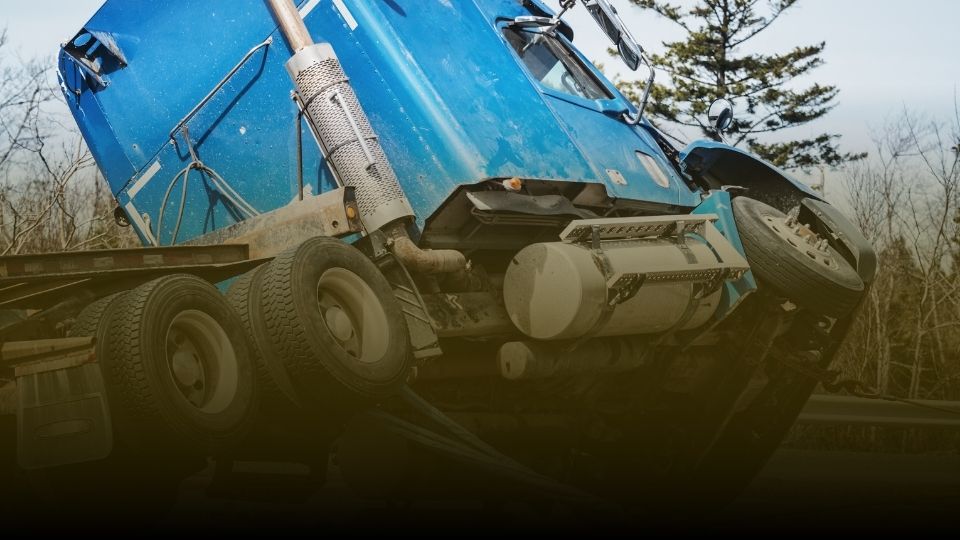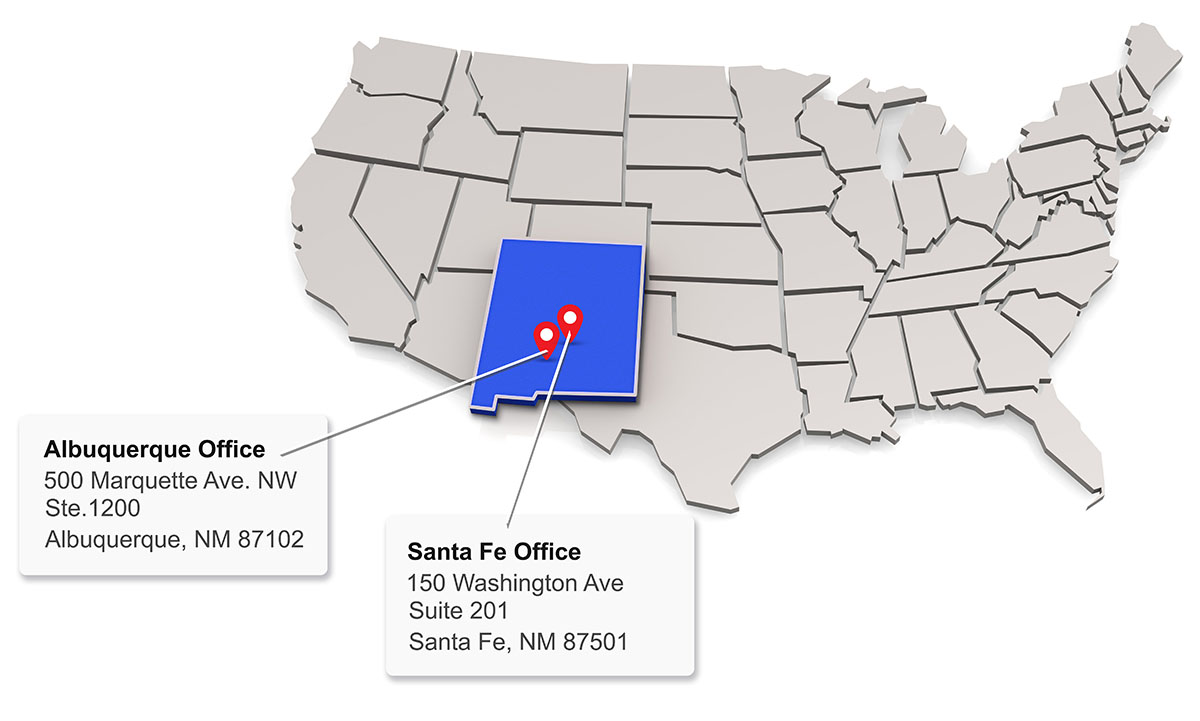How Weather Impacts Truck Accident Liability in New Mexico
How Weather Impacts Truck Accident Liability in New Mexico

Truck accidents in New Mexico can have devastating consequences, leaving victims with serious injuries, long-term medical bills, and complex legal battles. While driver error is often a major factor, weather conditions play a critical role in many accidents. From monsoon rains in Albuquerque to icy roads in northern New Mexico, adverse weather can increase the risk of collisions and complicate liability determinations.
Weather Risks for Truck Drivers in New Mexico
Monsoon Rains and Flash Flooding
Between July and September, New Mexico’s monsoon storms can unleash sudden, heavy rain that quickly turns roads slick and hazardous. Large trucks, with their long stopping distances, face especially dangerous conditions. Flash floods around cities like Albuquerque and Santa Fe can overwhelm drainage systems, further increasing the risk of serious weather-related trucking accidents.
Snow, Ice, and Freezing Conditions
The northern and higher-elevation regions of New Mexico often experience snow and icy roads during winter. Trucks are particularly vulnerable to sliding and jackknifing in these conditions. Even experienced drivers can struggle to maintain control, and courts often examine whether drivers adjusted their speed and following distance for icy conditions when determining liability.
Dust Storms and Reduced Visibility
Southern New Mexico, including areas near Las Cruces, frequently faces dust storms known as "haboobs." These storms can reduce visibility to near zero within seconds. Trucks caught in such sudden events face higher risks of collisions, and liability often hinges on whether drivers exercised caution in anticipation of low-visibility conditions.
High Winds and Trailer Instability
Strong winds across New Mexico’s plains and valleys can destabilize high-profile vehicles such as tractor-trailers. Rollovers caused by gusts can result in catastrophic accidents. Liability may extend beyond the driver if trucking companies failed to advise on weather conditions, delay travel, or secure cargo properly.
How Weather Impacts Liability in Truck Accidents
Driver Negligence
Truck drivers are expected to adjust their driving to match the weather. Speeding on wet, icy, or windy roads, failing to maintain proper following distance, or not using headlights in dust storms can be considered negligent. Courts in New Mexico often review accident reports, driver logs, and weather data to determine if a driver acted responsibly under the conditions.
Shared Fault Considerations
New Mexico follows a comparative fault system, meaning multiple parties can share liability. For example, if a driver was partially at fault but the accident was worsened by poorly maintained roads or inadequate weather warnings, courts may apportion damages based on relative fault.
Company Liability
Employers may be liable if they ignore key safety measures in hazardous weather. Forcing tight schedules, skipping adverse-weather training, or neglecting truck maintenance can lead to accidents, and vicarious liability can hold the company as well as the driver responsible.
Insurance Implications
Weather-related accidents can complicate insurance claims. Determining whether an accident is due solely to weather or combined factors like negligence affects compensation. Proper legal representation is crucial for navigating insurance disputes, ensuring that victims are not unfairly denied full recovery.
Real Statistics on Truck Accidents and Weather in New Mexico
Understanding the scope of the issue highlights the importance of expert legal guidance:
- In 2023, New Mexico recorded 887 truck accidents, resulting in 53 fatalities.
- Transportation incidents accounted for 58% of fatal workplace injuries in New Mexico, totalling 38 fatalities in 2023.
- Weather conditions such as rain, ice, and dust storms are cited in a significant portion of these accidents, demonstrating the real-world impact of environmental factors.

Proving Weather-Related Liability
Establishing liability in truck accidents influenced by weather is often more complex than typical collisions. Weather can contribute to an accident, but it rarely absolves the driver or the trucking company from responsibility. At Raymon Law Group, we emphasize a thorough, evidence-based approach to demonstrate how weather interacted with driver actions, vehicle conditions, and company policies to cause the accident.
1. Extensive Experience
The first step in proving liability is documenting the weather conditions at the time and location of the accident. This involves:
- Official Meteorological Reports: Data from the National Weather Service or local weather stations confirm rainfall, snow accumulation, wind speeds, and visibility.
- Road Condition Reports: New Mexico Department of Transportation (NMDOT) reports often note hazardous conditions, such as ice patches, standing water, or road closures.
- Traffic Cameras and Surveillance Footage: Many highways and urban intersections in Albuquerque and throughout New Mexico have cameras that can visually confirm weather impact, such as fog, dust, or flooded roads.
Weather evidence allows Personal Injury Attorneys to establish the external conditions and compare them against how the driver responded.
2. Accident Reconstruction
Expert accident reconstruction is often indispensable in weather-related truck accident cases. These specialists can:
- Analyse Skid Marks and Tire Patterns: Determine whether a truck failed to stop or manoeuvre correctly on wet, icy, or slick roads.
- Assess Vehicle Damage: Understand the forces involved and how weather contributed to the collision.
- Evaluate Vehicle Speed and Handling: Determine if the driver exceeded safe speeds for the conditions.
By combining meteorological data with reconstruction, lawyers can demonstrate whether the accident was caused by unavoidable weather or by negligent driver behaviour in hazardous conditions.
3. Driver Logs and Compliance Records
4. Eyewitness Accounts
Witness testimony is critical in weather-related cases. Eyewitnesses, including other drivers, pedestrians, or bystanders, can provide insights into:
- The behaviour of the truck before the accident
- Visibility conditions during the incident
- Road surface hazards
This testimony helps establish whether the driver exercised reasonable care given the prevailing weather.
5. Expert Testimony
Beyond reconstruction experts, specialized witnesses may include:
- Meteorologists: To explain weather severity and its impact on road safety
- Truck Safety Experts: To assess whether the vehicle and driver complied with industry safety standards
- Engineering Experts: To evaluate road design, drainage, and maintenance, which can exacerbate accidents during adverse weather
These experts can present complex information in a way that judges and juries can clearly understand, linking weather conditions to driver actions and company responsibilities
6. Company Policies and Training Records
Trucking companies have a legal duty to train drivers for adverse weather conditions and to implement safe operational policies. Evidence of negligence can include:
- Lack of training on how to drive in snow, ice, or dust storms
- Pressure to meet tight delivery schedules despite dangerous weather
- Failure to properly maintain trucks or secure cargo for weather-related stability
Courts often hold companies accountable if their policies or lack of oversight contributed to a weather-related accident.
7. Insurance and Documentation
Finally, proving liability requires meticulous documentation for insurance purposes. Key elements include:
- Photographs of the accident scene and vehicle damage
- Police reports detailing the crash circumstances and weather conditions
- Receipts, invoices, and medical records demonstrating the impact on victims
Strong documentation ensures that insurance companies cannot dismiss claims by attributing the accident solely to weather.
Preventive Measures for Safer Trucking
While legal action is essential when accidents occur, prevention remains critical:
Driver Training: Specialized courses for adverse weather driving improve decision-making under hazardous conditions.
Route Planning: Companies can leverage technology to avoid areas affected by severe weather.
Vehicle Maintenance: Ensuring brakes, tires, and cargo securing systems are in optimal condition reduces accident risks.
Public Awareness: Drivers should understand the challenges trucks face during storms, icy roads, or high winds, fostering safer interactions on the road.


Conclusion
At Raymon Law Group, we handle truck accident cases across New Mexico, including Albuquerque. Our attorneys have decades of experience addressing complex liability issues, particularly when weather complicates accident dynamics. We work tirelessly to gather evidence, consult with experts, and negotiate with insurance companies to ensure our clients receive the compensation they deserve.
If you or a loved one has been injured in a truck accident exacerbated by weather conditions, contact us at (505) 624-8583. We provide detailed consultations and are ready to guide you through every step of the legal process.
Frequently Asked Questions

Location Served
We Represent
Individuals & Families
throughout New Mexico
Raymon Law Group’s Albuquerque personal injury lawyers are based at our main office in the heart of downtown Albuquerque at 500 Marquette Ave. NW, Ste. 1200.
We also have our Office at Santa Fe located at 150 Washington Ave, Suite 201. If you’re unable to visit us, our attorneys are happy to meet you at your home or hospital to discuss your case.
We Win Your Case.


